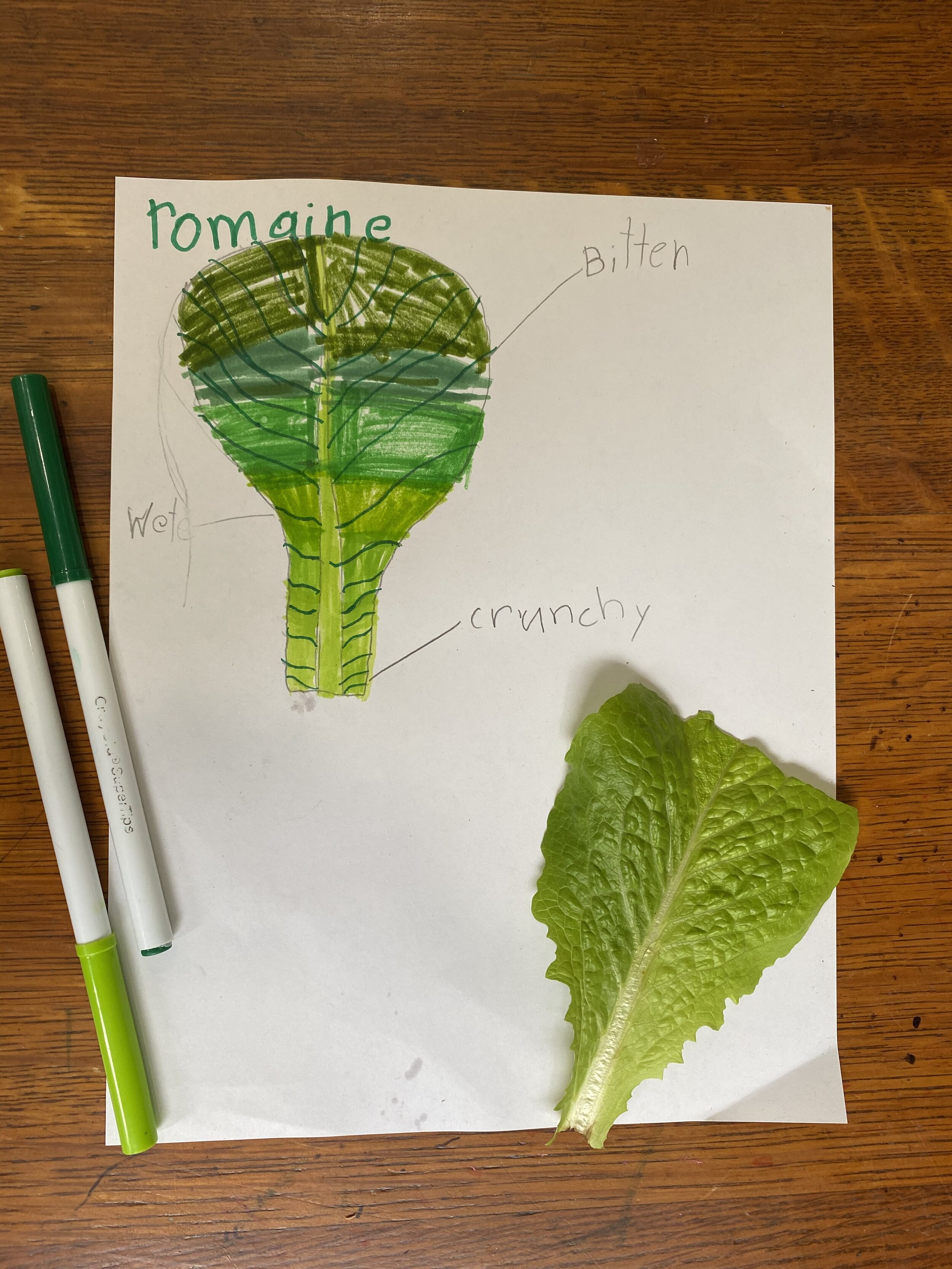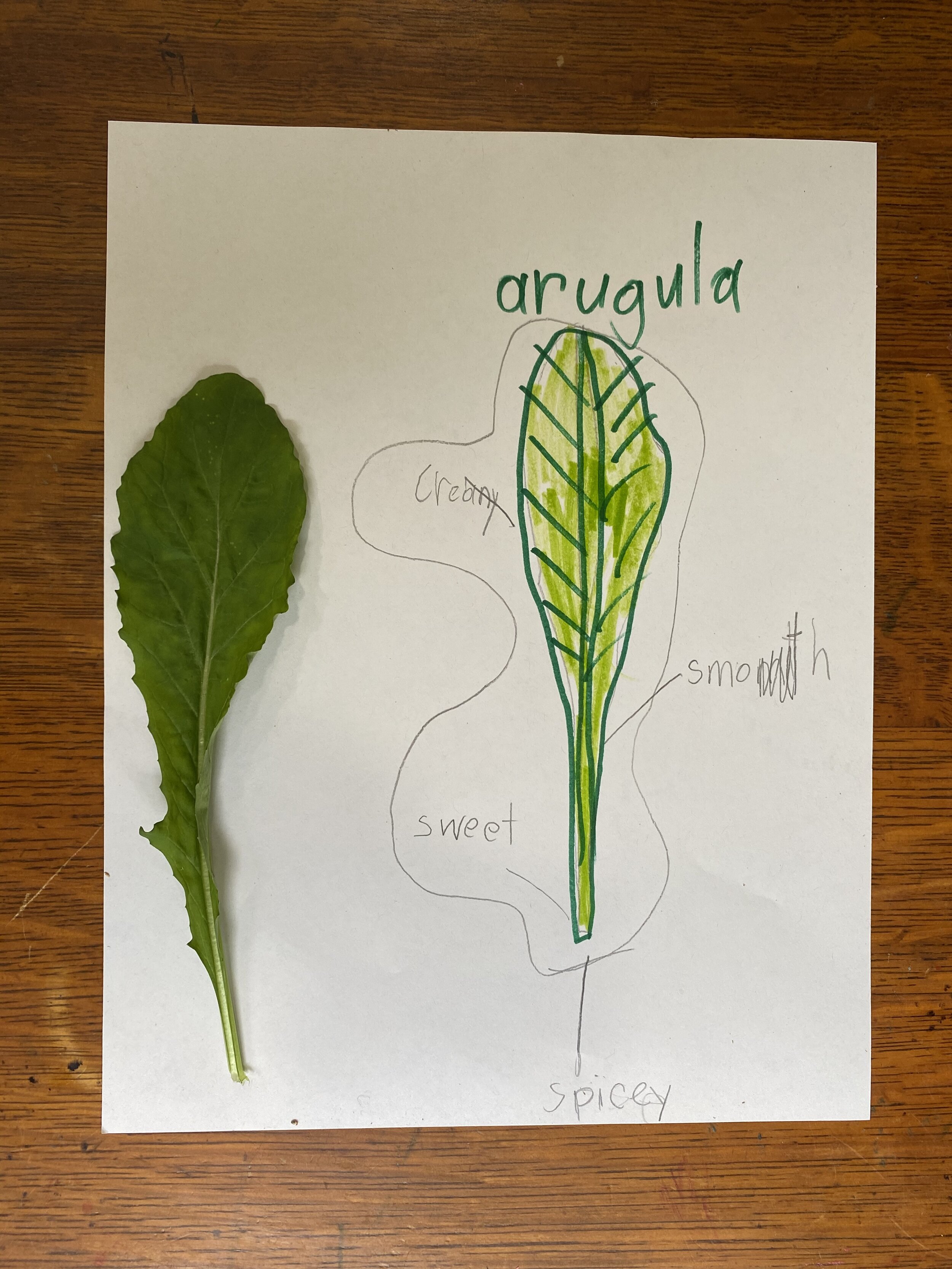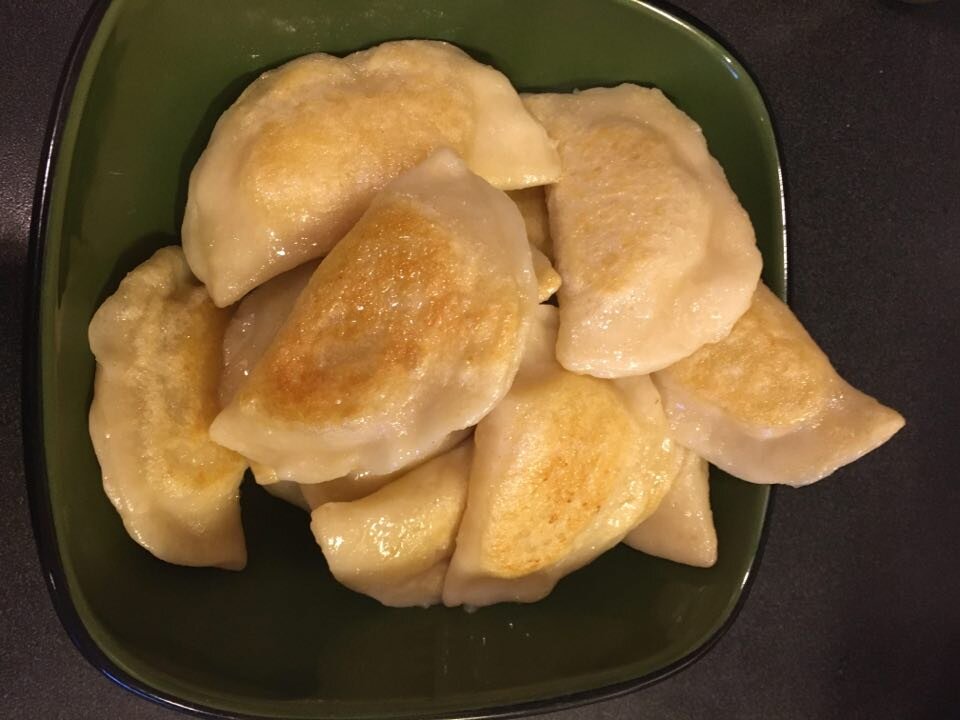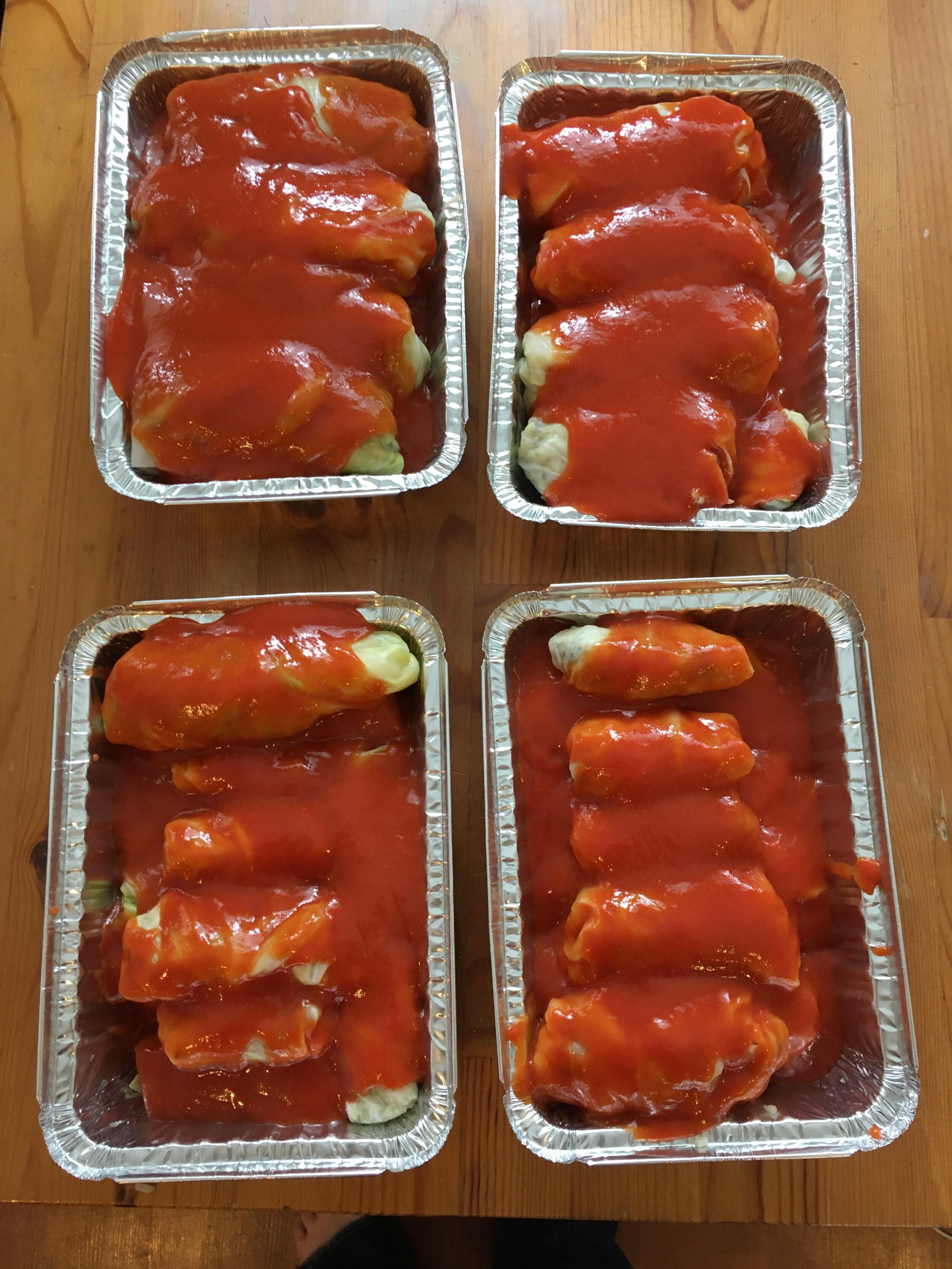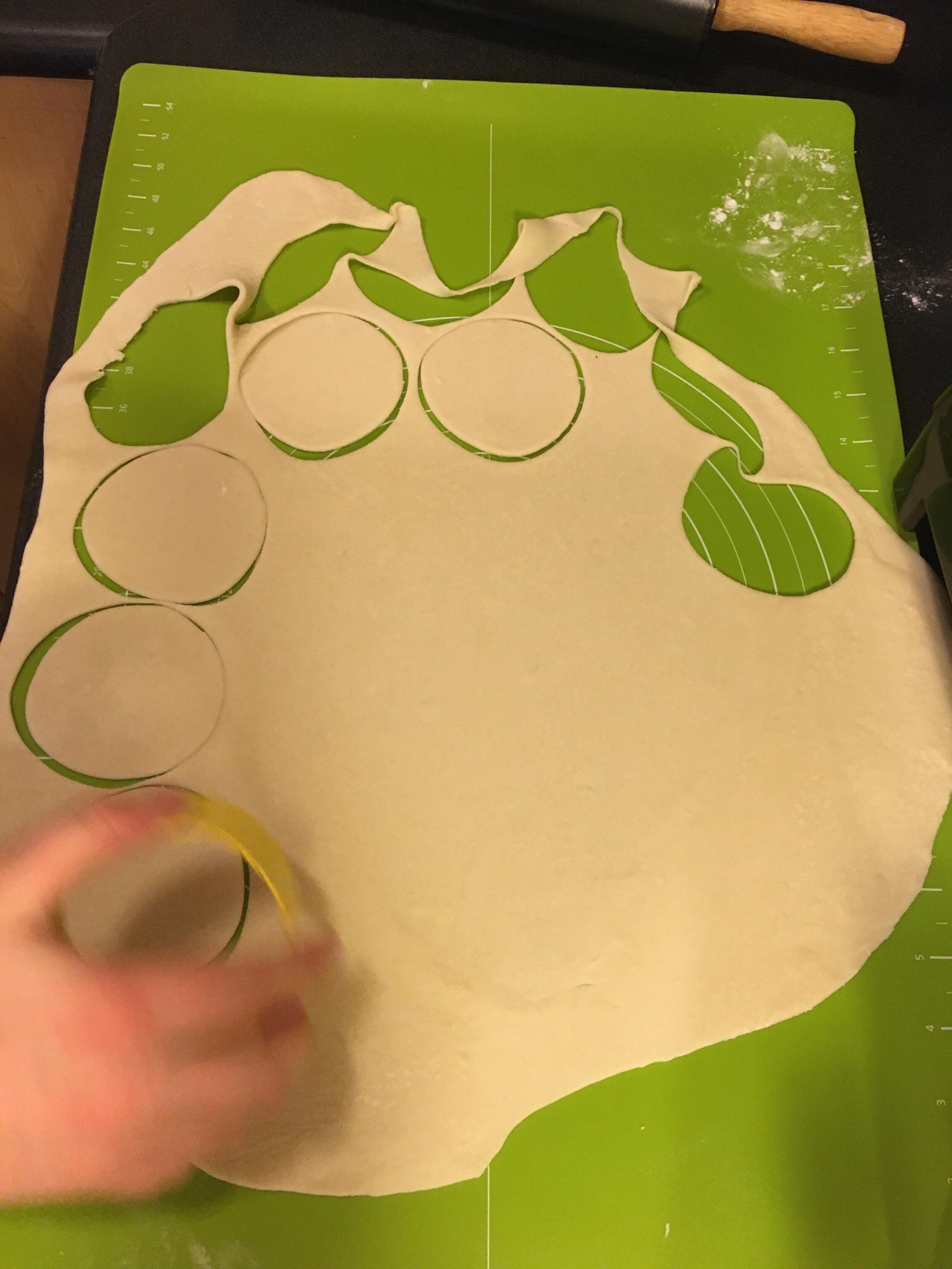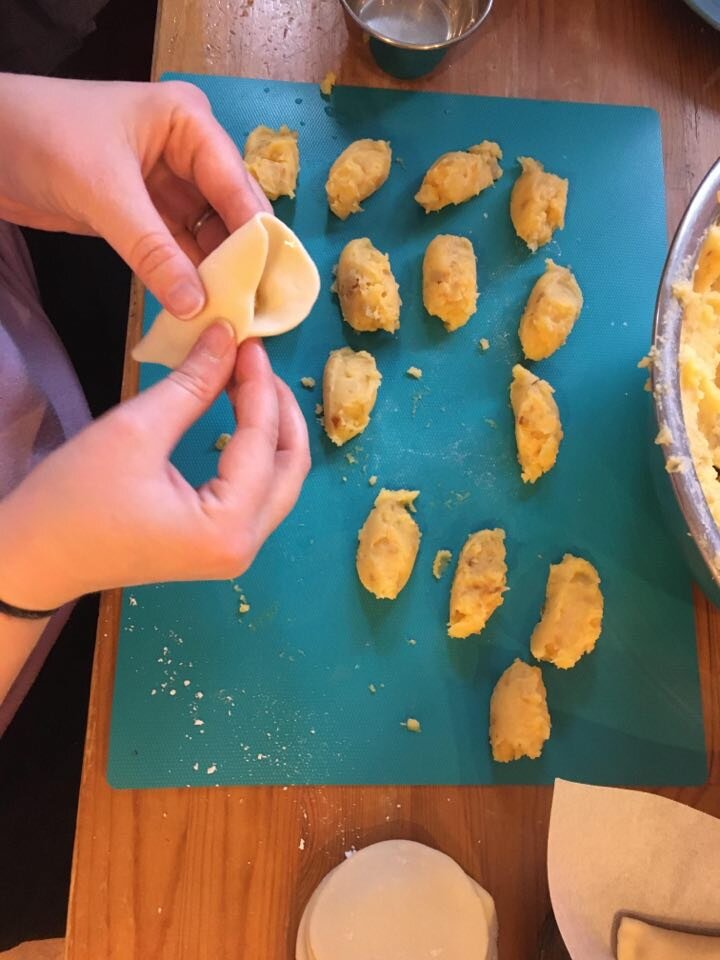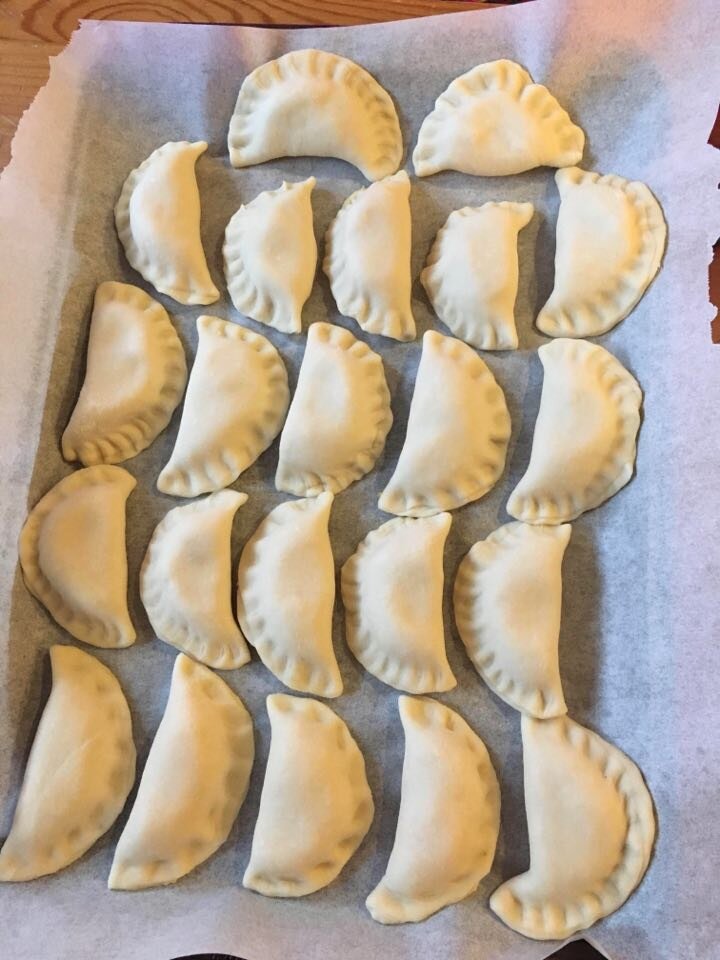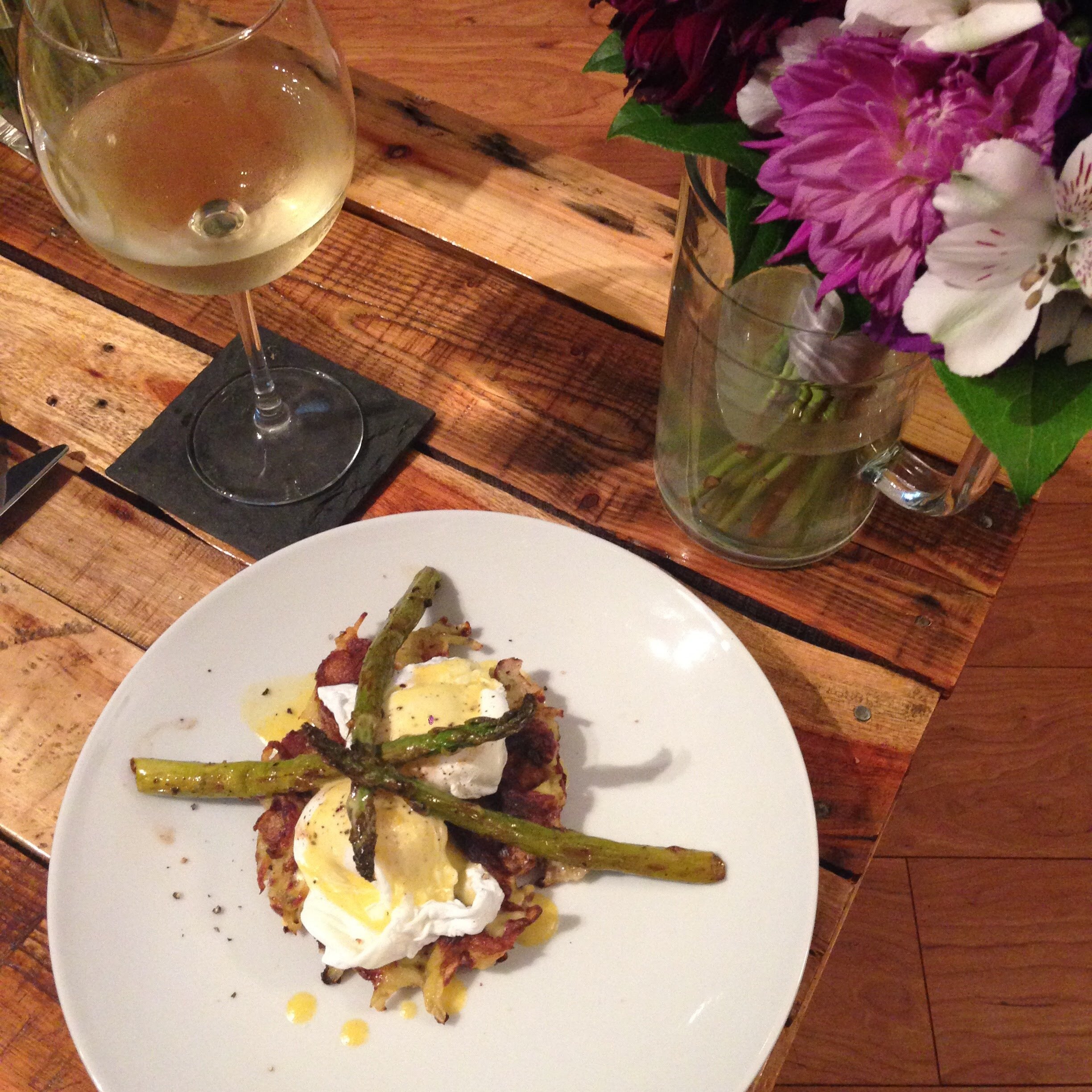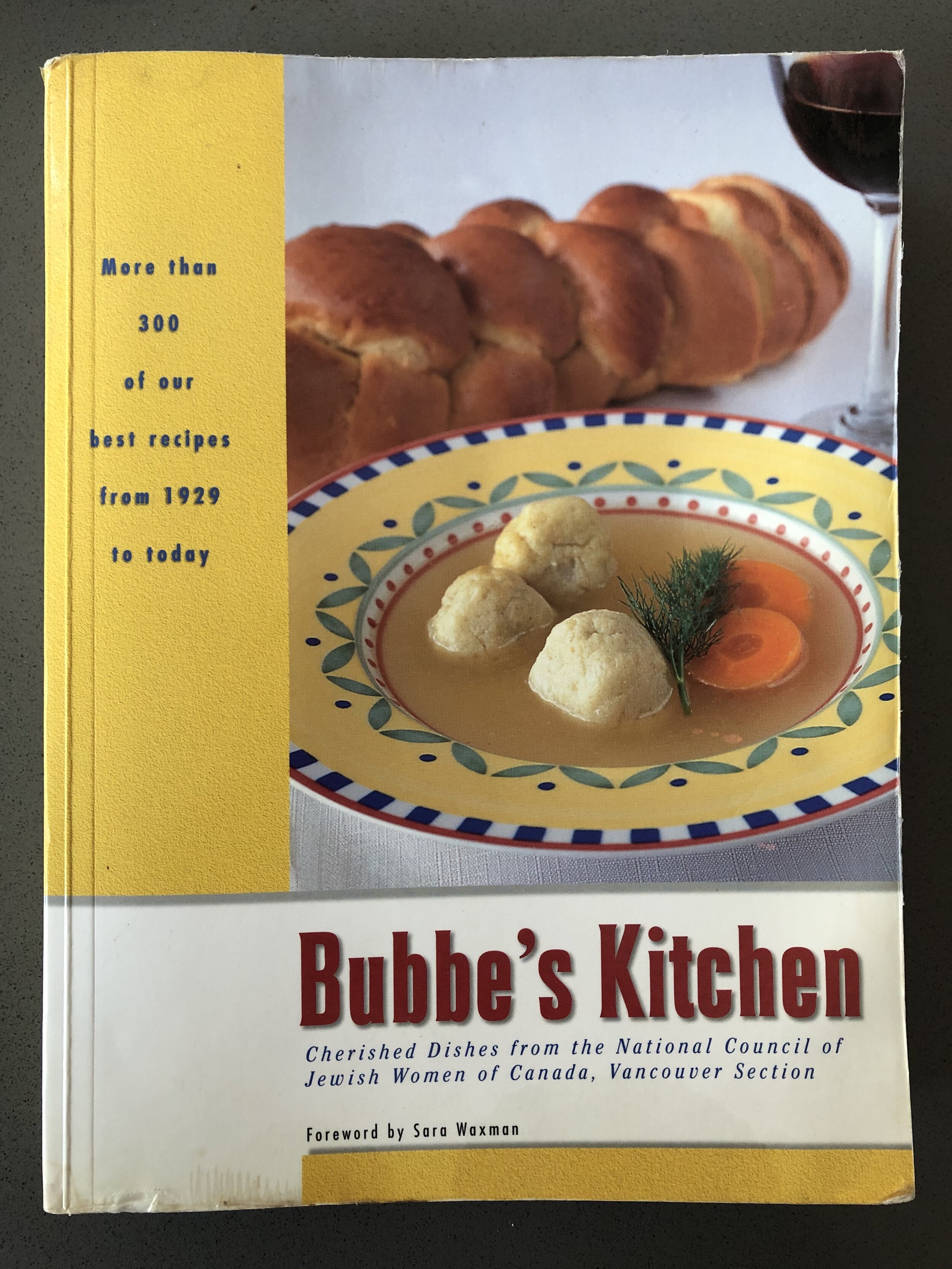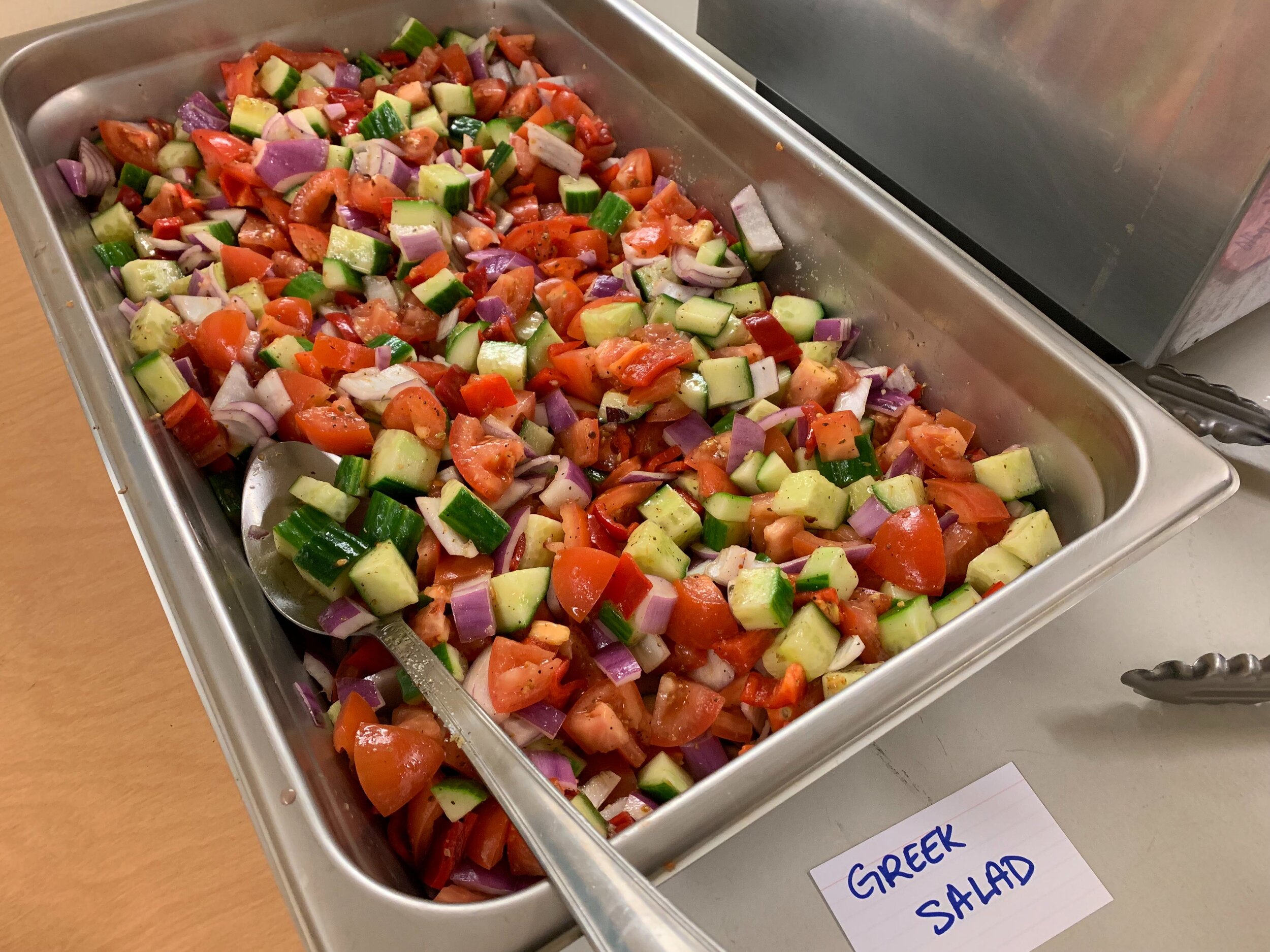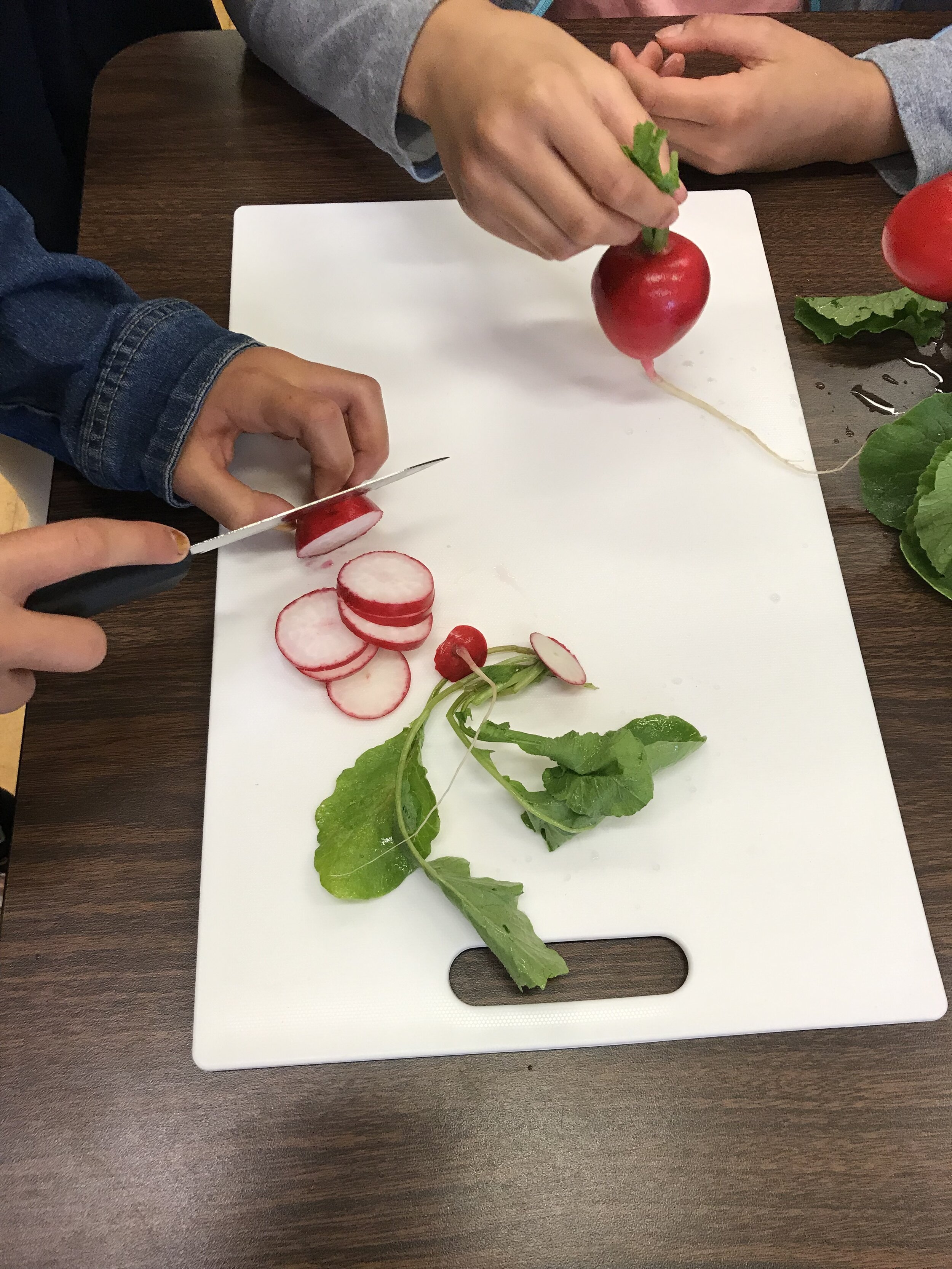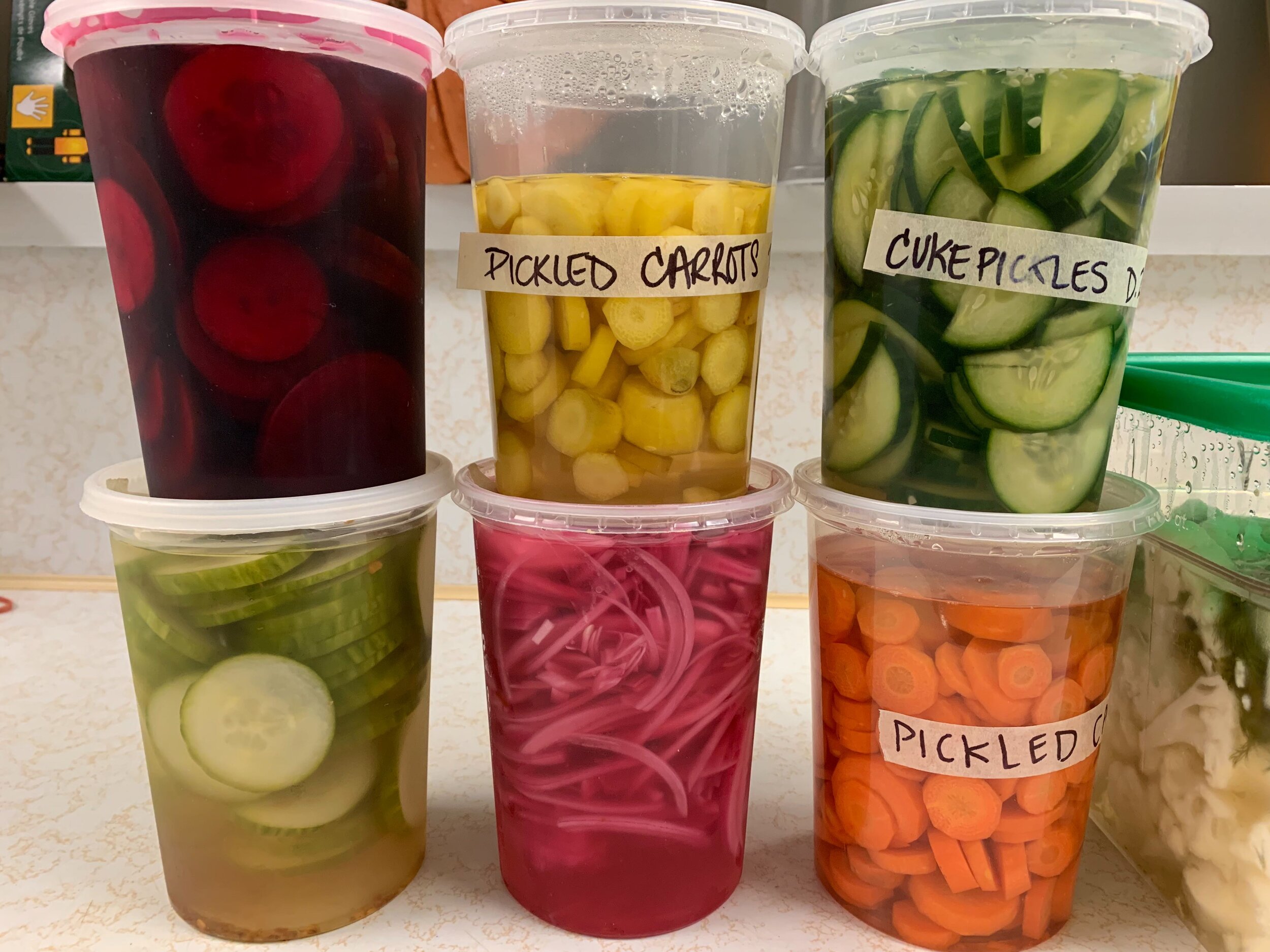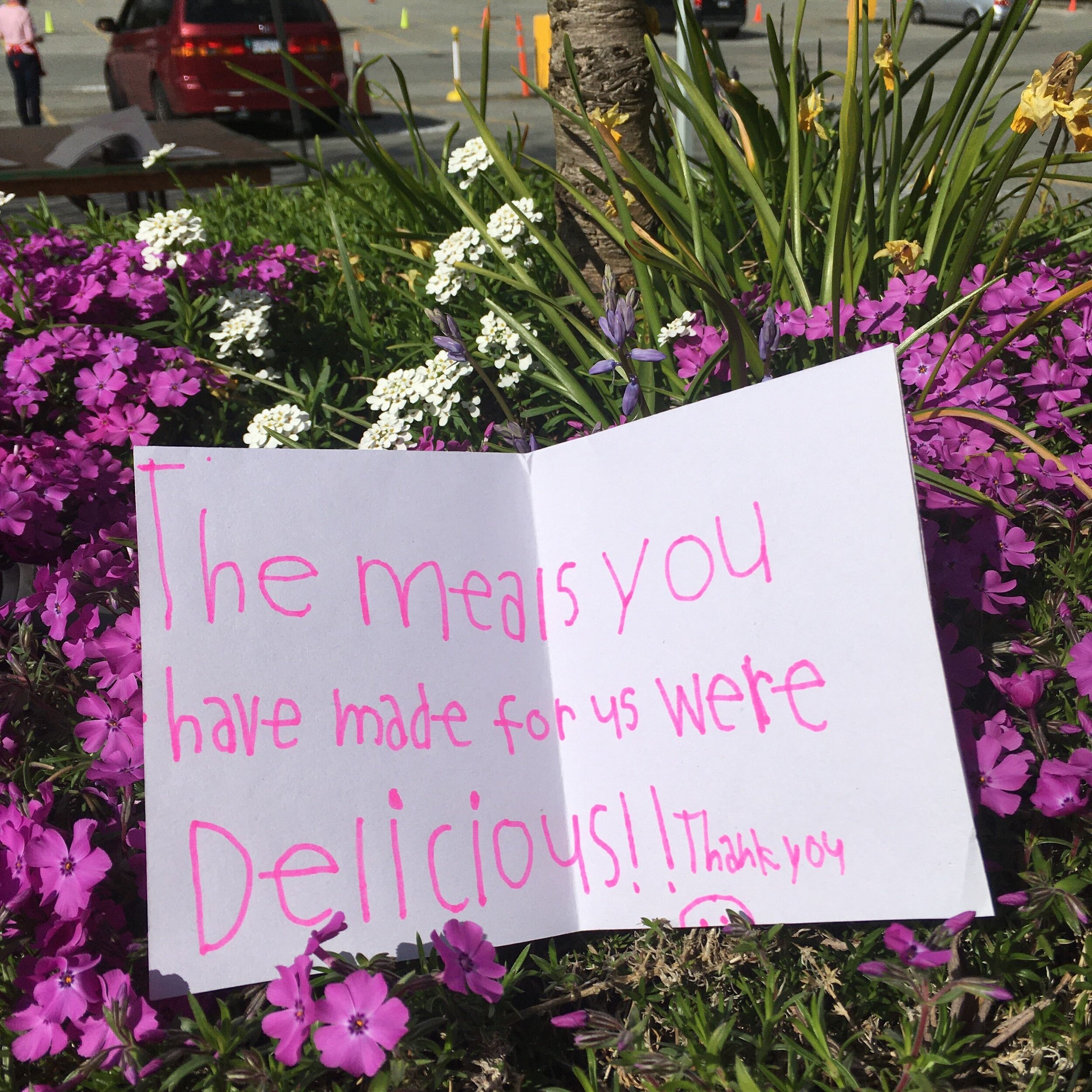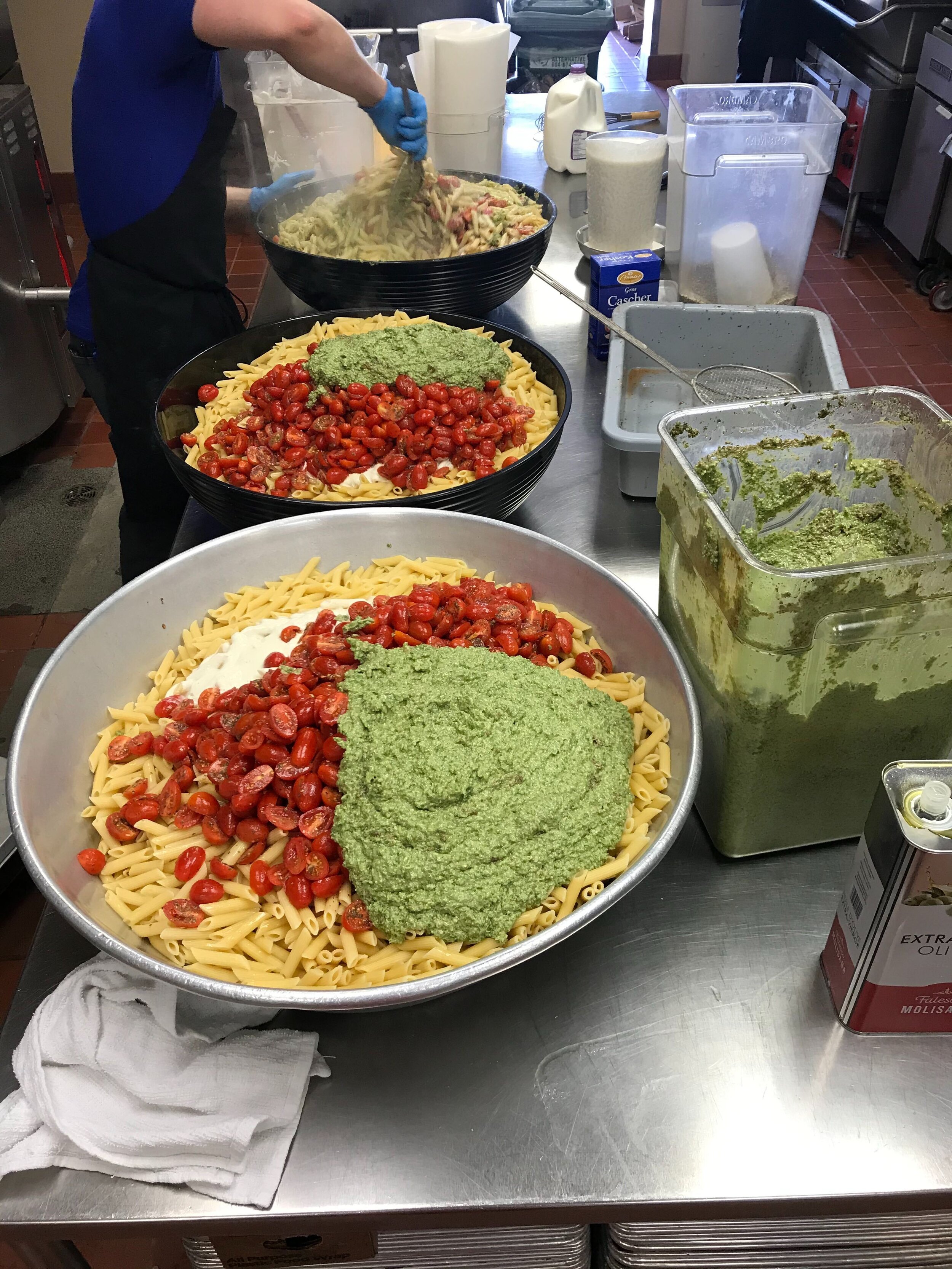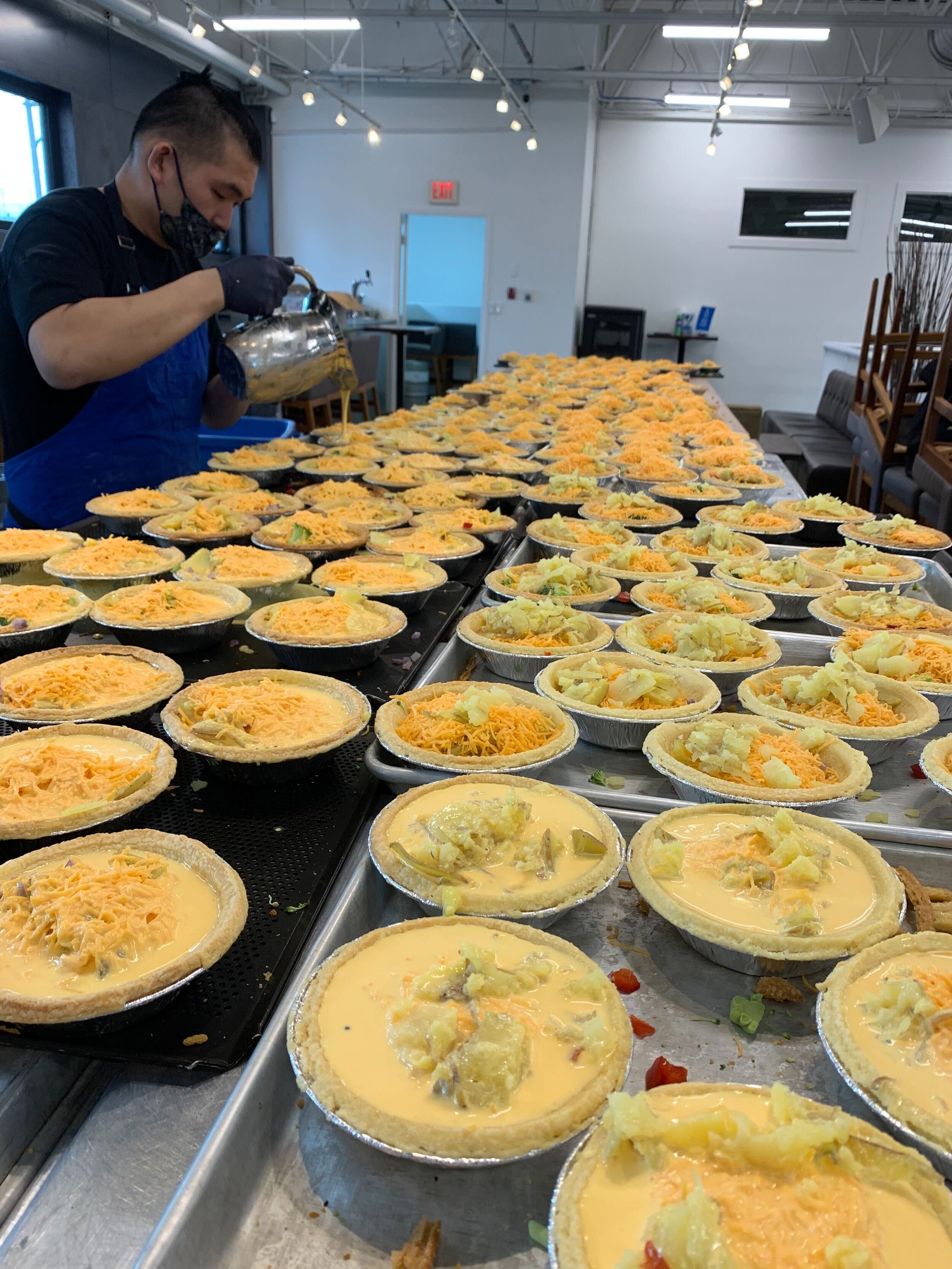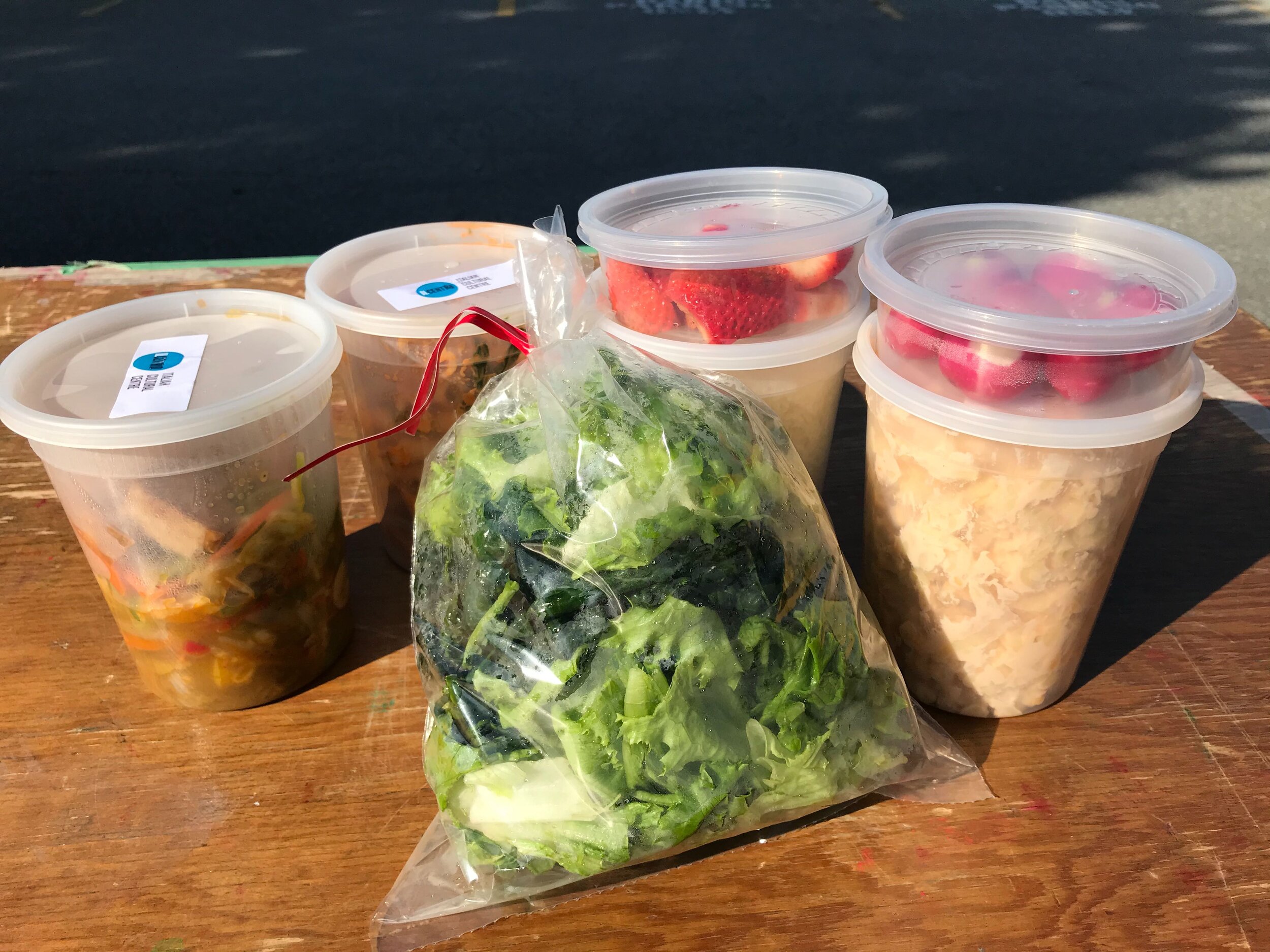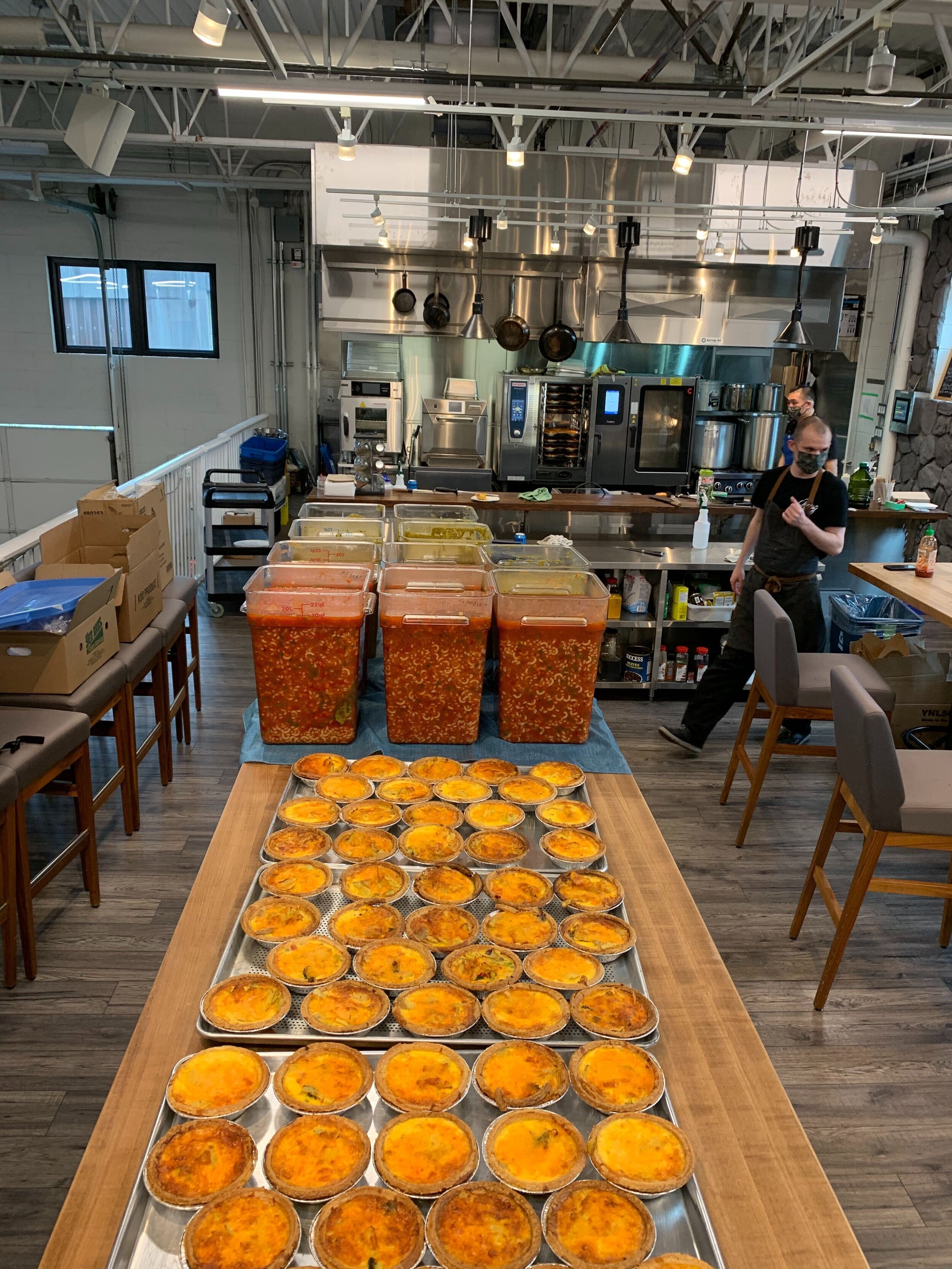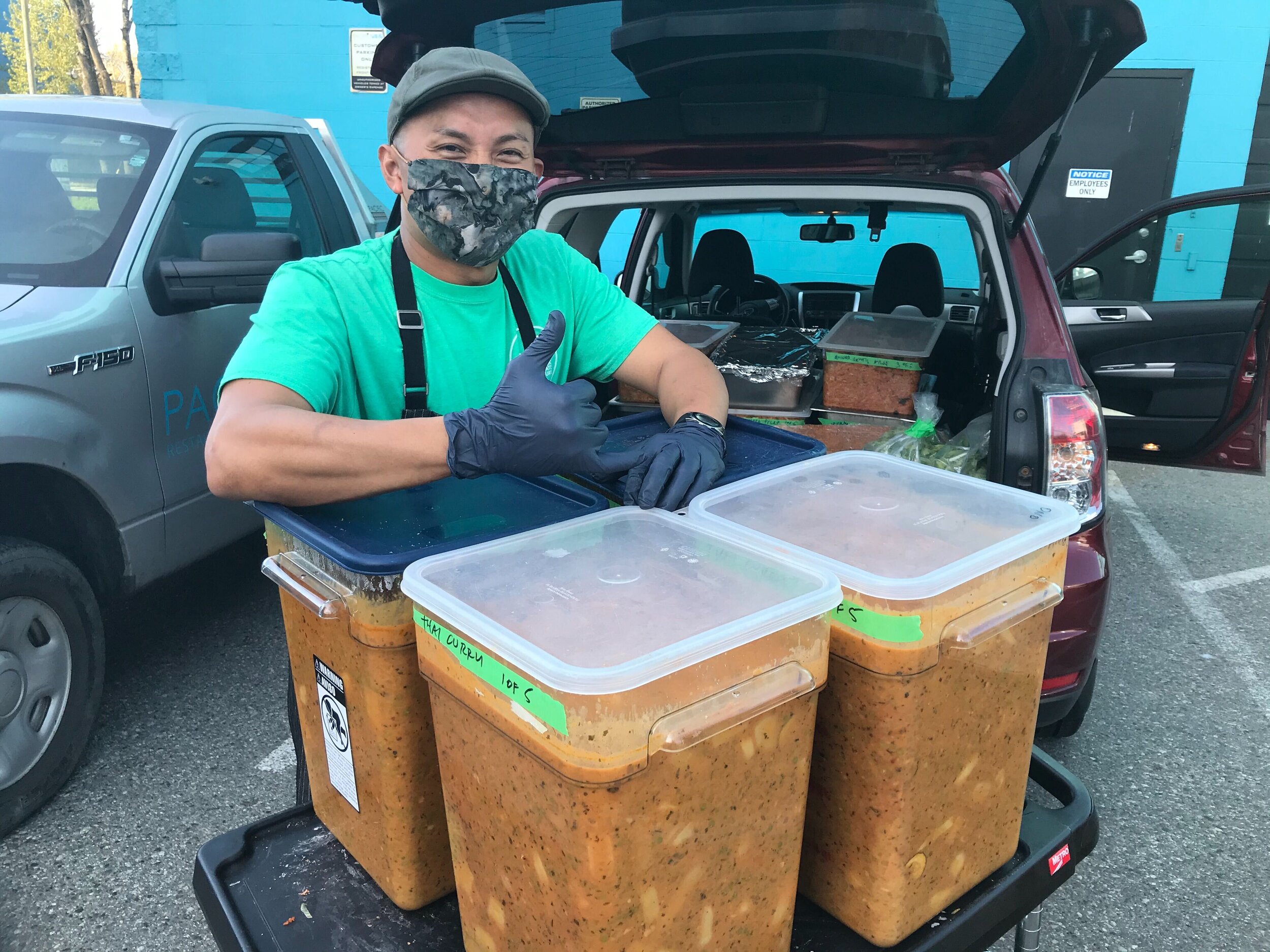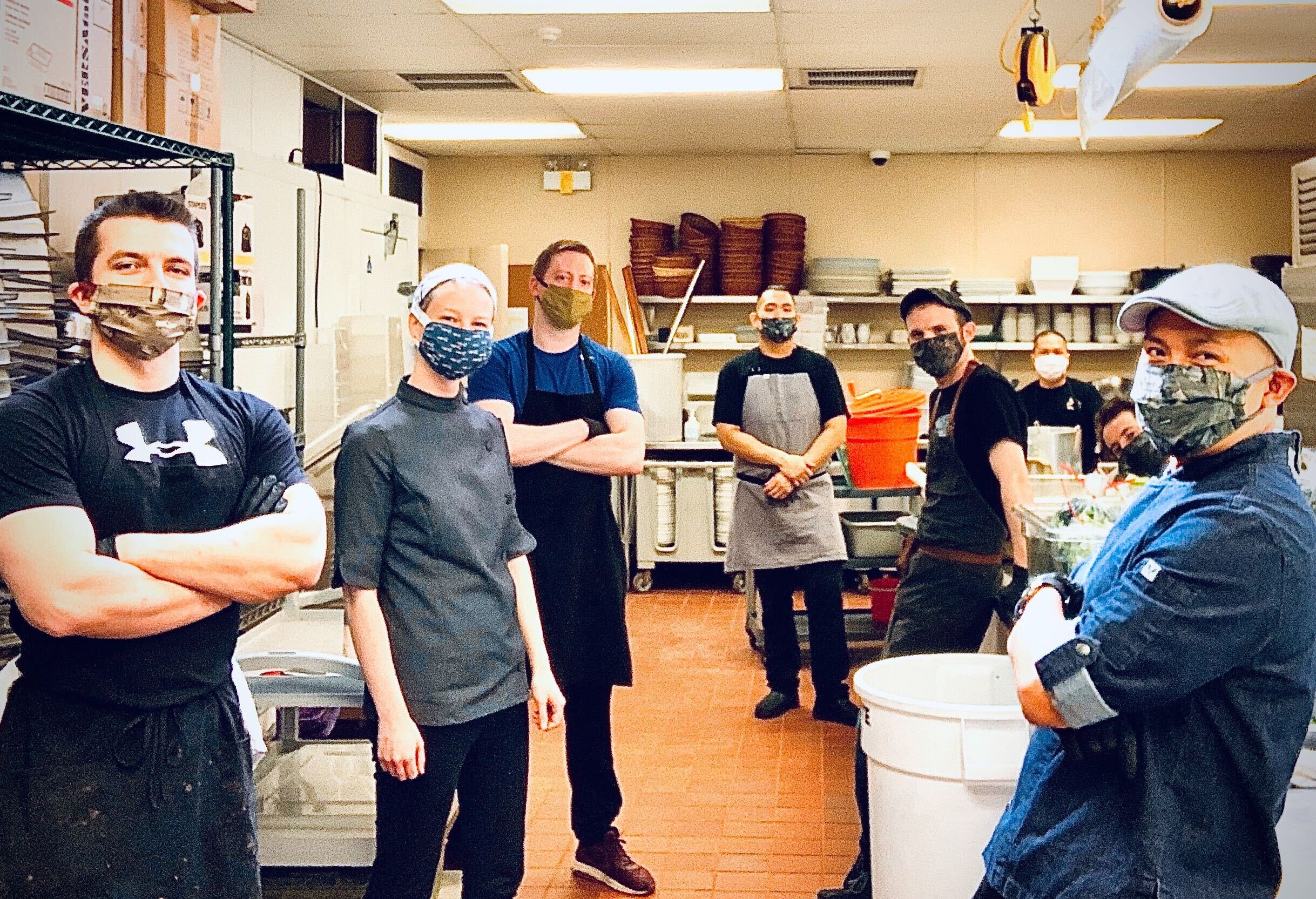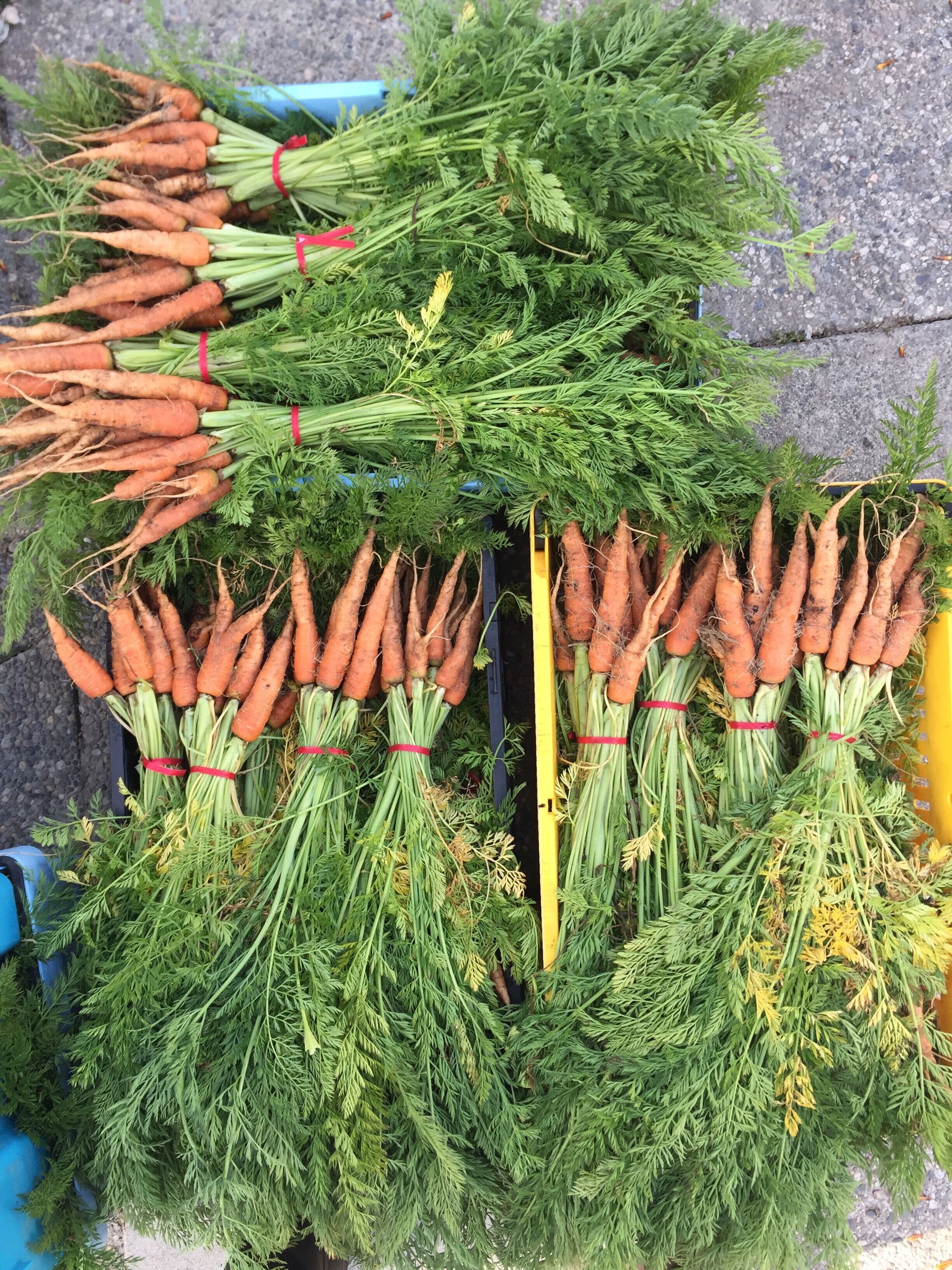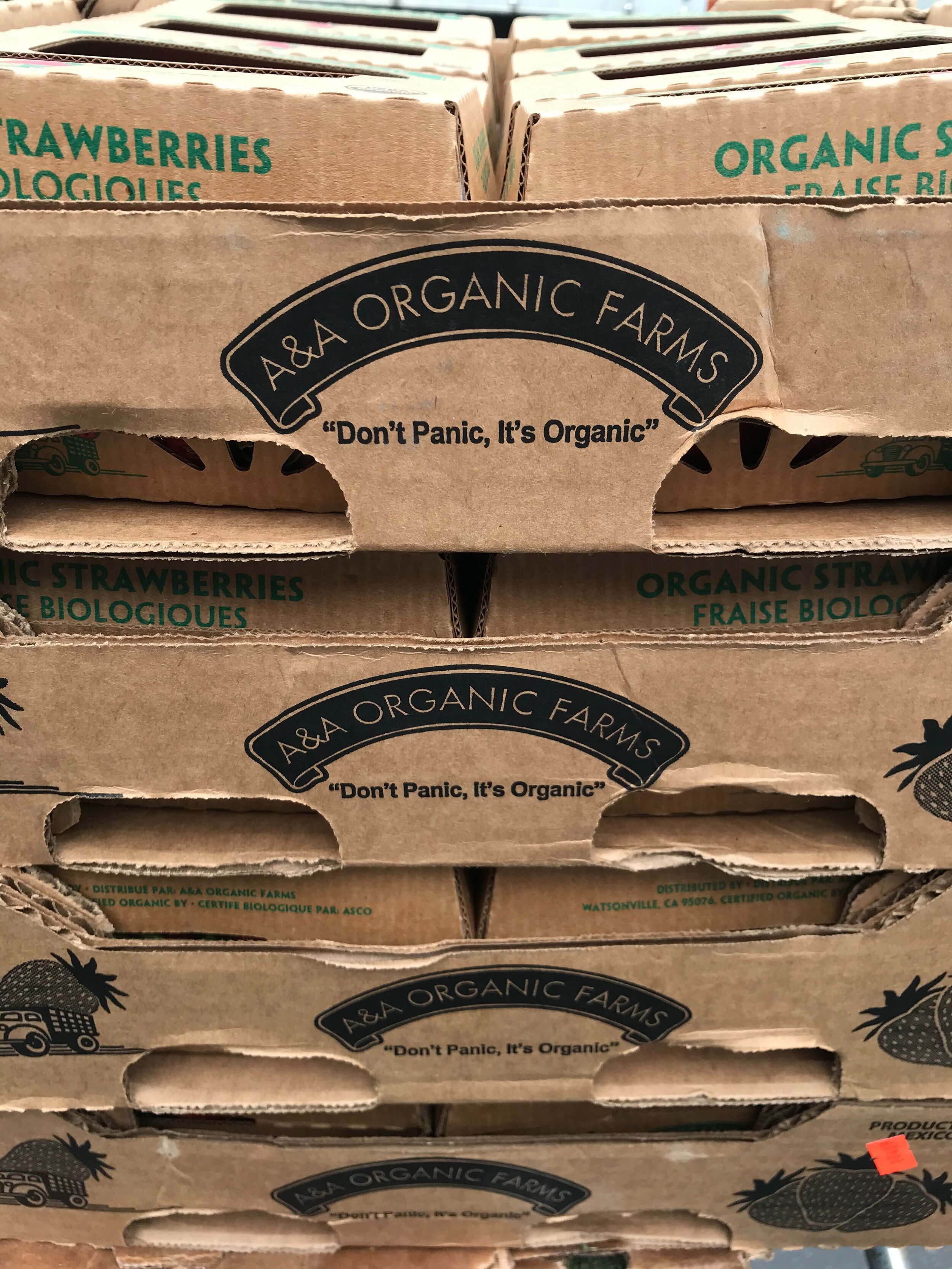In this activity, kids (and adults) can explore the flavours, textures, and appearance of lettuce and greens. Taking some time to appreciate the qualities of the simple foods we grow and eat can be a great sensory and learning experience. You might even be surprised to find out how much beauty and flavour can be packed into a humble lettuce leaf!
You Will Need:
Three or four varieties of lettuce or salad greens (from your garden, farmers market or grocery store)
White paper, pencil, and felts/crayons/coloured pencils
Instructions:
1. Select 3 or 4 varieties of lettuce.
2. Wash and arrange a few leaves of each lettuce on a plate.
3. Ask all tasters to wash their hands.
4. Pick one variety of lettuce to start.
5. Use your sense of sight to observe what the lettuce looks like. Look at the back, front, and side of the leaf. Draw or trace the lettuce leaf on a piece of paper, add details and colour if you like.
6. Taste the lettuce. As you chew the lettuce think about the texture of the lettuce in your mouth. Add some words that describe the texture to your drawing. Next, think about how the lettuce tastes. Add some descriptive words to your drawing. Do all the parts of the lettuce have the same taste and texture? If you need help thinking of descriptive words we have included a few in a list below.
7. Draw and taste the other varieties of lettuce.
8. Vote on the lettuce you like the best.
Taste & Texture Descriptive Words
Lettuce Fun Facts:
Historians believe lettuce was first cultivated in ancient Egypt.
Lettuce is often eaten raw but it is also delicious to eat steamed, in a stir fry or grilled on the barbecue. Have you ever tried barbecued lettuce?
In 2015, the astronauts on the International Space Station grew and ate red romaine lettuce called “Outredgeous” lettuce.
Lettuce is part of the Asteraceae family. This family also includes the daisy and sunflower.
There are four main types of Lettuce: butterhead, crisphead, loose leaf, and romaine.




